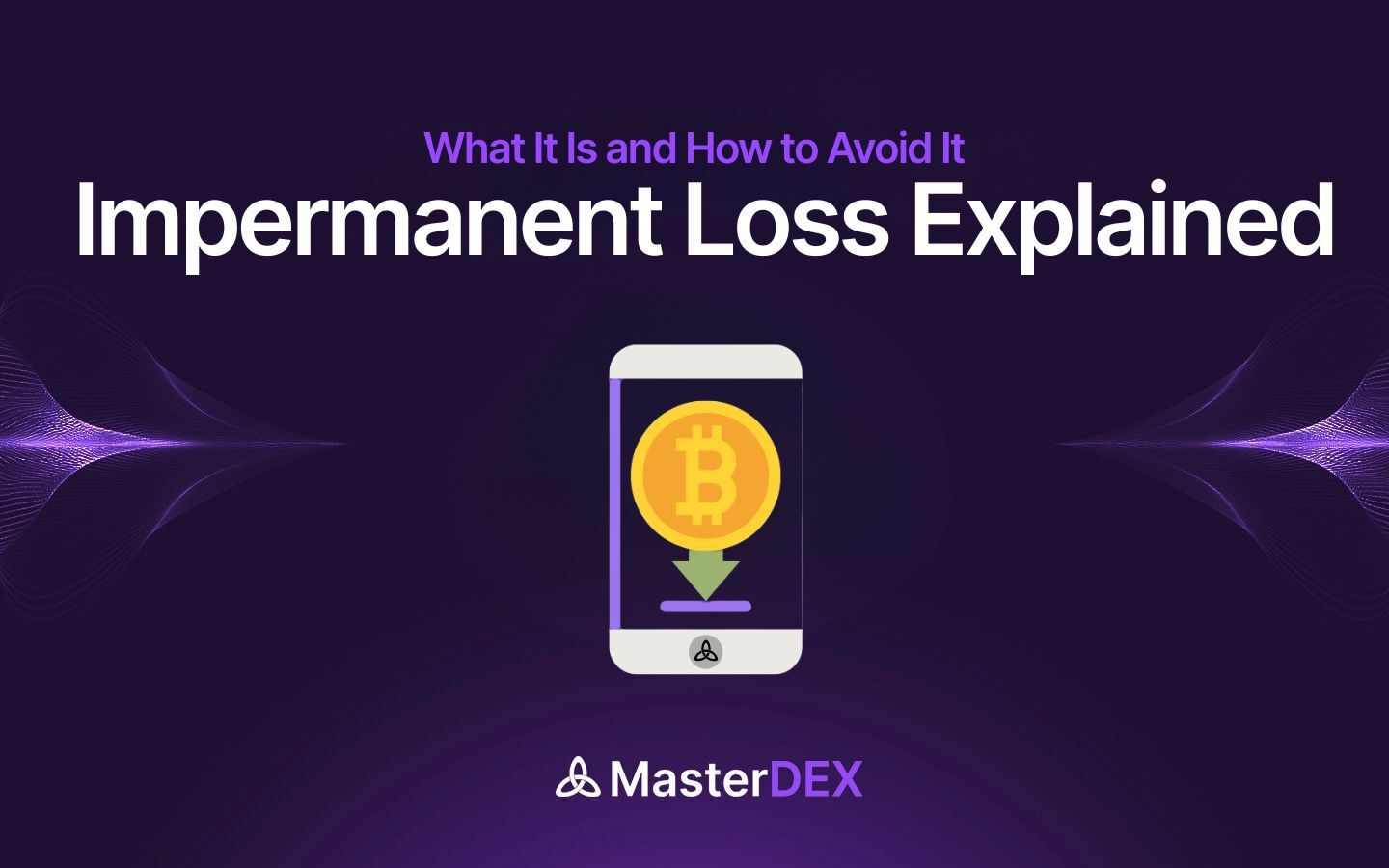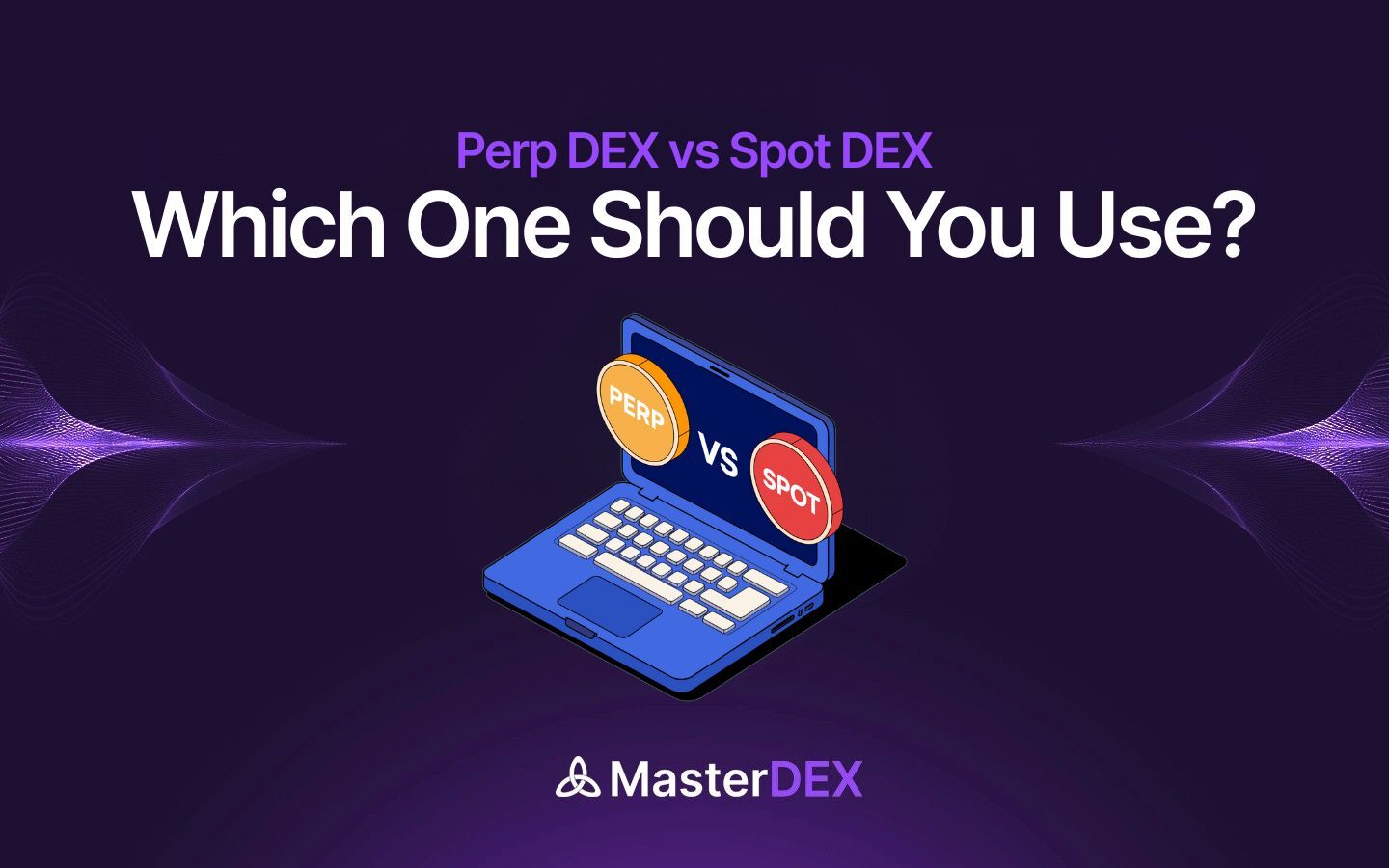Table of Contents:
ToggleIntroduction
Decentralized finance (DeFi) has transformed the way we trade, lend, and invest in digital assets. At the heart of this ecosystem are automated market makers (AMMs), protocols that allow anyone to provide liquidity and earn rewards without relying on centralized intermediaries.
However, participating in AMMs comes with its own risks. One of the most important concepts for liquidity providers to understand is impermanent loss. Unlike traditional finance, where market makers handle price fluctuations, AMMs automatically adjust token ratios, which can lead to a temporary or even permanent reduction in the value of your assets compared to simply holding them.
In this article, we’ll break down what is impermanent loss, how it occurs, and the strategies you can use to mitigate its impact while providing liquidity.
Automated Market Makers (AMMs) in DeFi
Unlike conventional exchanges that use order books to match buyers and sellers, AMMs rely on algorithms to set prices. This design eliminates the need for centralized entities and allows peer-to-contract (P2C) trading, where users interact directly with smart contracts rather than other traders.
Liquidity providers play a crucial role in this system. By supplying assets to a pool, they enable seamless trading while earning a share of the transaction fees. The simplicity and accessibility of AMMs have made them popular, but this design introduces impermanent loss as an inherent risk.
What Is Impermanent Loss and How it Occurs?
Impermanent loss occurs when the value of your assets in a liquidity pool diverges from what you would have had if you simply held them outside the pool. The loss is “impermanent” because it only becomes realized once you withdraw your assets, and it may decrease if the price ratio of the tokens returns to its original state.
In essence, impermanent loss happens because AMMs automatically rebalance token ratios based on supply and demand. When one asset’s price changes significantly, the pool adjusts your holdings, which can reduce the total value of your deposit, even if you earn fees along the way.
Impermanent loss is driven by a combination of price movements and market mechanics:
- Price Fluctuations: When the price of a token in the liquidity pool rises or falls sharply, the AMM automatically adjusts the pool’s composition to maintain balance.
- Arbitrage Trading: Traders exploit price differences between the pool and external markets, buying the undervalued asset and selling the overvalued one, which can reduce your LP holdings of the appreciating asset.
- Withdrawal Timing: If you withdraw liquidity after significant price changes, the total value of your assets may be lower than if you had simply held them outside the pool.
Understanding these dynamics is key to effectively managing impermanent loss.
Example of Impermanent Loss
To illustrate, consider this scenario:
- Alice deposits 1 ETH and 2,000 USDT into a 50/50 liquidity pool.
- ETH is initially worth $2,000, making Alice’s total deposit value $4,000.
- If ETH rises to $3,000, arbitrage traders rebalance the pool, reducing Alice’s ETH holdings and increasing her USDT holdings.
- Upon withdrawal, Alice might receive 0.8 ETH and 2,400 USDT, totaling $4,800.
- If she had simply held her 1 ETH and 2,000 USDT outside the pool, her total would be $5,000.
The $200 difference represents impermanent loss, showing how LPs can earn fees but still experience reduced asset value due to price divergence.
Strategies to Reduce Impermanent Loss
While impermanent loss is an inherent risk of providing liquidity in AMMs, there are several strategies liquidity providers (LPs) can use to minimize its impact. By carefully selecting assets, pool types, and timing, LPs can reduce potential losses while still earning transaction fees.
1. Choose Stablecoin Pairs
One of the most effective ways to minimize impermanent loss is to provide liquidity in stablecoin pairs like USDT/USDC, DAI/USDC, or BUSD/USDT. Since these tokens are pegged to the U.S. dollar, their relative price remains stable, which greatly reduces the likelihood of significant impermanent loss.
Pros:
- Low volatility, minimal impermanent loss risk
- Predictable returns from trading fees
Cons:
- Lower profit potential in bull markets since the tokens don’t appreciate
2. Start Small and Learn
If you are new to DeFi and AMMs, it’s wise to start with smaller deposits. This approach allows you to gain experience in managing liquidity pools while limiting exposure to price fluctuations. Smaller positions reduce the absolute impact of impermanent loss and help you understand how trading fees can offset potential losses.
Tip: Gradually increase your liquidity contribution as you become more confident and understand the pool dynamics.
3. Consider Single-Asset Liquidity Pools
Some AMMs offer single-asset or one-sided pools, where LPs provide liquidity for just one token instead of a token pair. Platforms like Liquity and Bread allow users to stake a single stablecoin, reducing exposure to volatile assets while still earning transaction fees.
Pros:
- Minimizes impermanent loss for volatile assets
- Simpler risk management for beginners
Cons:
- Fee rewards may be lower than multi-asset pools
4. Use Flexible or Weighted Pools
Not all AMMs require a 50/50 token ratio. Platforms like Balancer allow pools with flexible weights, such as 60/40 or 70/30, and even multi-asset pools. Choosing a pool with weighted ratios that match your risk tolerance can help balance potential returns against impermanent loss.
Important: While weighted pools can reduce impermanent loss for certain assets, they can also increase risk if the higher-weighted token becomes highly volatile. Careful selection is key.
5. Leverage Trading Fees to Offset Loss
One of the ways LPs can counteract impermanent loss is through trading fees. Every trade executed through the pool generates fees that are distributed proportionally to liquidity providers. In high-volume pools, these fees can sometimes fully offset or even exceed any impermanent loss experienced.
Pro Tip: Focus on pools with high trading activity, as frequent trades increase the chance of earning enough fees to compensate for potential losses.
6. Provide Liquidity for Low-Volatility Pairs
Assets that move in tandem or have relatively low volatility reduce the risk of impermanent loss. For example, pairing two stablecoins or tokens that historically track each other can significantly mitigate price divergence.
Avoid:
- Highly volatile pairs, such as small-cap tokens vs ETH, where price swings are extreme.
7. Exercise Patience
Impermanent loss is often temporary. If market conditions stabilize or token prices revert toward their original ratio, the loss may decrease. Patience is essential: withdrawing liquidity too early during periods of volatility can lock in losses that might have otherwise been mitigated over time.
Tip: Monitor pool ratios and market trends to make informed decisions on when to withdraw liquidity.
8. Combine Strategies for Maximum Effect
The best way to reduce impermanent loss is to combine multiple strategies:
- Use stablecoin pairs in low-volatility pools
- Start with a small deposit and gradually increase it
- Focus on pools with steady trading volume to earn fees
- Be patient and monitor price movements
By integrating these strategies, liquidity providers can significantly reduce impermanent loss risk while continuing to participate in DeFi earning opportunities.
Can Impermanent Loss Be Completely Avoided?
A common question among DeFi liquidity providers is whether impermanent loss can ever be fully avoided. The reality is that impermanent loss is an inherent feature of AMMs and arises due to price fluctuations between the tokens in a liquidity pool. Because the mechanism of automated market makers automatically rebalances token ratios based on supply and demand, some level of impermanent loss is inevitable whenever assets diverge in value.
Why Impermanent Loss Can’t Be Fully Eliminated
- Price Volatility: Cryptocurrency prices are inherently volatile. Even the most stable tokens can experience short-term fluctuations that affect the pool’s balance.
- Automated Rebalancing: AMMs are designed to maintain a specific ratio of assets. When one token appreciates or depreciates, the pool adjusts holdings, which is precisely what triggers impermanent loss.
- External Market Forces: Arbitrage opportunities, market sentiment, and macroeconomic events can influence token prices and contribute to impermanent loss.
Strategies Can Only Mitigate, Not Eliminate
While strategies like providing liquidity in stablecoin pairs, using weighted pools, and leveraging trading fees can significantly reduce the financial impact of impermanent loss, they cannot guarantee complete avoidance. Even low-volatility pairs carry some risk, and highly volatile tokens always present the possibility of losses.
For LPs seeking to navigate these risks more effectively, consulting with DeFi experts or developers can provide tailored strategies. Experienced advisors can help select optimal pools, adjust token ratios, and identify opportunities where trading fees may offset potential losses, helping LPs maximize returns while minimizing exposure to impermanent loss.
Conclusion
Impermanent loss is a natural part of providing liquidity in DeFi, but it doesn’t have to be a dealbreaker. By understanding how AMMs work and using smart strategies like sticking to stablecoin pairs, starting small, focusing on low-volatility assets, and leveraging trading fees, liquidity providers can minimize risks while still earning rewards. The key is patience, awareness, and smart pool selection. With the right approach, impermanent loss becomes a manageable challenge, not a barrier, allowing you to confidently tap into the opportunities of decentralized finance.



